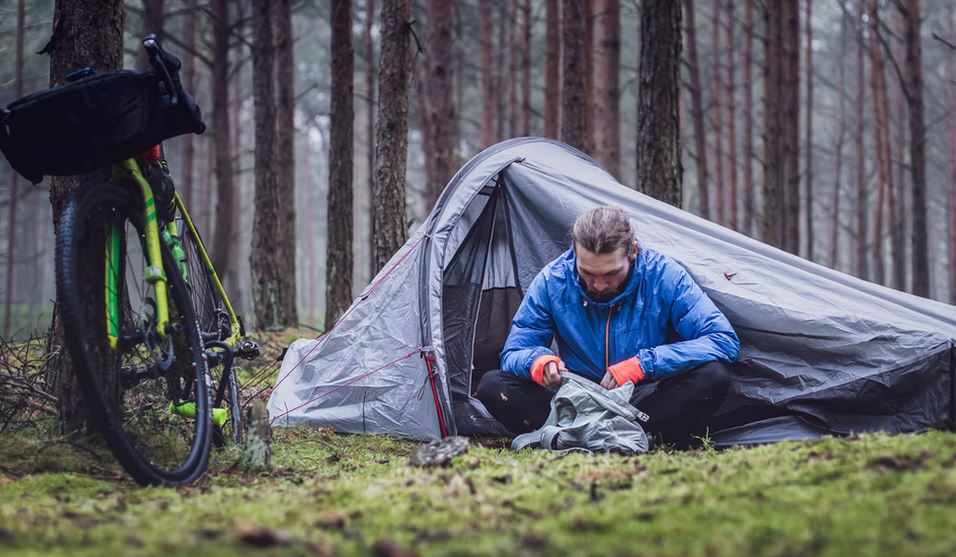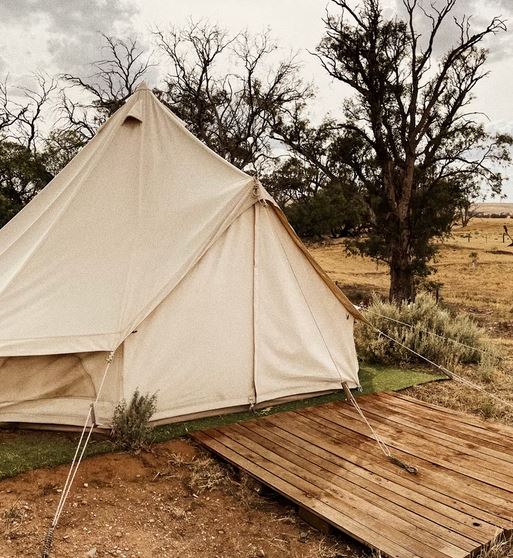Are you planning a camping trip and want to ensure your tent stays in top shape for many adventures to come? Taking care of your tent properly is essential for its longevity and your comfort while out in the wilderness. Here are the top 5 tent care tips to help you maintain your shelter and enjoy a hassle-free camping experience.
Protect Your Tent from UV Exposure

One of the most critical aspects of tent care is protecting your shelter from harmful UV rays. Prolonged exposure to the sun can weaken the fabric of your tent, leading to tears and leaks. To prevent this, always set up your tent in shady areas whenever possible. When not in use, store your tent in a cool, dry place away from direct sunlight. Consider using a UV protectant spray on your tent fabric to add an extra layer of defense against UV damage.
Keep Your Tent Clean and Dry
It’s crucial to keep your tent clean and dry to prevent mold, mildew, and foul odors from developing. After each camping trip, thoroughly clean your tent inside and out with a mild soap and water solution. Make sure to rinse off all soap residue and allow your tent to air dry completely before storing it. Never pack away a damp tent, as this can lead to mold growth and fabric deterioration.
Avoid Setting Up Your Tent on Rough Terrain
While it may be tempting to set up your tent on rocky or rough terrain for a beautiful view, doing so can quickly wear down the bottom of your tent. Sharp rocks, sticks, and debris can puncture the floor of your tent, leading to costly repairs or the need for a replacement. Always clear the ground before pitching your tent and use a footprint or ground cover to provide an extra layer of protection against abrasive surfaces.
Store Your Tent Properly
Proper storage is key to extending the life of your tent. When not in use, store your tent in a cool, dry place away from moisture and pests. Avoid storing your tent in a tightly compressed stuff sack for long periods, as this can damage the fabric and waterproof coatings. Instead, loosely pack your tent in a breathable storage bag or hang it up in a closet to maintain its shape and integrity.
Perform Regular Maintenance Checks

To ensure your tent is always ready for your next adventure, perform regular maintenance checks. Inspect the seams, zippers, and fabric for any signs of damage or wear and tear. Replace worn-out stakes, guy lines, and tent poles as needed to keep your shelter secure and stable. By staying proactive with your tent maintenance, you can catch small issues before they escalate into more significant problems.
In conclusion, taking care of your tent is essential for a comfortable and enjoyable camping experience. By following these top 5 tent care tips, you can prolong the life of your shelter and ensure it remains in excellent condition for years to come. Remember to protect your tent from UV exposure, keep it clean and dry, avoid rough terrain, store it properly, and perform regular maintenance checks. With proper care and maintenance, your tent will be ready for many more outdoor adventures ahead.
